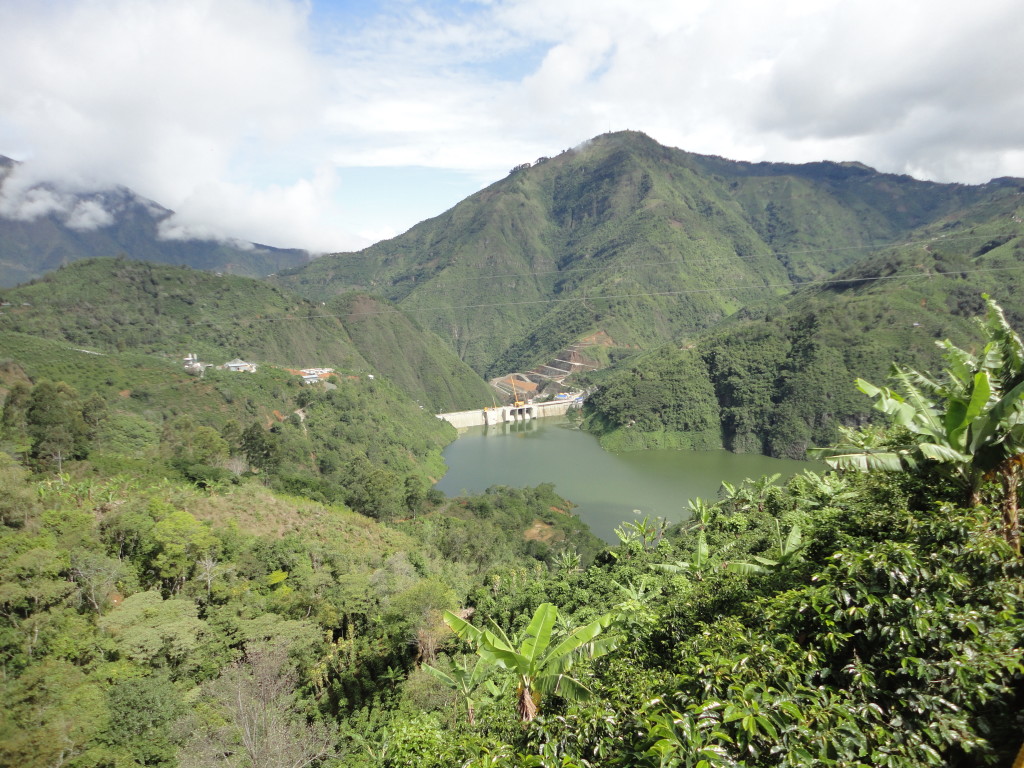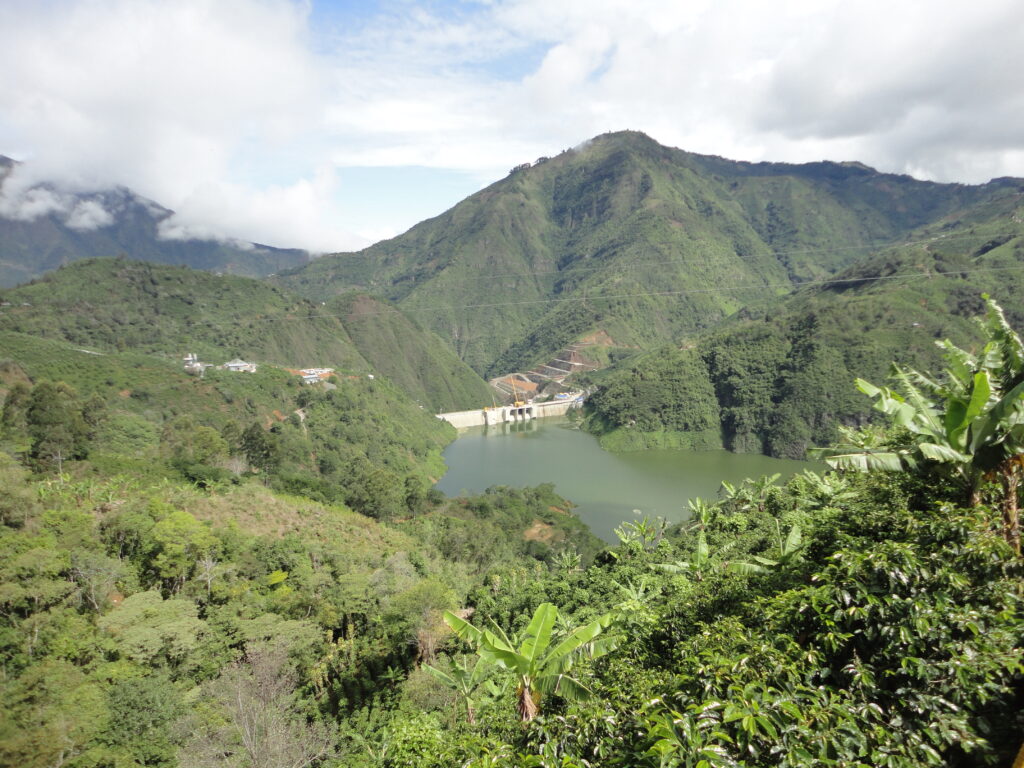
While most countries are still discussing ideas of how to curb carbon emissions, last March, Costa Rica made a groundbreaking announcement—their state-run utility company reported that they had powered their country’s electricity through renewable energy sources for a record-breaking 75 days since the start of the New Year. The renewable energy streak continued throughout March and well into April, ultimately lasting for 113 days. To top off this achievement, they predicted that renewable energy would account for more than 95% of their total electricity consumed this year.
As a middle power on the global stage, Costa Rica fills the niche of a model renewable energy source country (much like how the Nordic countries have taken the lead on climate change research). With the upcoming Paris Climate Change talks at the end of November, Costa Rica’s recent achievement comes at the perfect time. As other nations may hope to emulate the progress Costa Rica has made, it is important to understand Costa Rica’s history with renewable energy—the factors for Costa Rica’s success, the effectiveness of their measures and the reasons why Costa Rica chose to prioritize clean energy in their domestic agenda.
Costa Rica’s hydroelectric-friendly geography is a large factor in its decision to focus on clean energy. Due to its tropical landscape and climate, the government has focused on hydroelectric energy since the founding of the Costa Rican Institute of Energy (ICE) in 1950, and strengthened its renewable energy sources ever since, particularly by building dams. By the time they were making record-breaking environmental steps like the one in March, the government had already established a strong hydroelectric power foundation. In fact, hydroelectric power has generated the majority of Costa Rica’s electricity since 1989 and accounted for 80% of the electricity used during the 113-day record in 2015. While Costa Rica relies on its geothermal and wind power too, hydropower will reign supreme for many years to come.
Costa Rica’s national culture also plays a large factor in the government’s decision to cultivate clean energy. The country places a large human interest on combating the effects of climate change, since climate change intimately impacts the lives of the its people. Costa Rica – along with many of its neighboring Central American countries – has suffered from intense and unusual droughts since 2012, devastating the agricultural sector of the country and worsening famine and poverty in already struggling areas. In the case of Guanacaste, a northwestern province of Costa Rica, the government declared a “national emergency” in September 2014 after a $9.3 million loss in agriculture and more than $16.8 million in loss for the region’s cattle industry. The weather phenomenon “El Nino” is credited for the worsening drought conditions in Central America, amplifying the Costa Rican people’s belief that climate change issues should be a top priority for the government. According to a 2014 UN report, approximately 80% of the population is knowledgeable about climate change, 98% feel that climate change impacts their lives and a large majority of the population favors the creation of renewable energy projects.
Because of its large base of support from the public, the environmental factors that benefit renewable energy sources and the sense of urgency arising from climate change’s tangible effects, the Costa Rican government has been ardently pursuing a renewable resource agenda for the past decade. In addition to promoting renewable energy, it also became a carbon neutrality leader in 2007 when it became the first country to declare a goal of reaching complete neutrality by 2021. While many Costa Rican environmentalists believe that this goal is unrealistic, their government has made it a guiding force for public policies. In March 2014, their Legislative Assembly unilaterally passed a Framework Law on Climate Change, which mandated mandatory sustainability and climate change curriculum in elementary and middle schools, granted their Ministry of Environment and Energy (MINAE) more power to create climate change policies and created a National Commission on Climate Change. While the bill was ultimately stalled before the second and final vote, the attempt to create a national, comprehensive climate change law showed the government’s seriousness towards tackling the issue.
While Costa Rica’s success has set a precedent, there are still a few kinks to be worked out. A large critique of their announcement has been that while yes, Costa Rica has used only renewable energy sources for electricity, it still significantly relies on fossil fuels for transportation. As Costa Rica’s biggest source of pollution, vehicles account for 40% of the country’s total carbon emissions. The government has articulated a priority of bettering their public transportation system, as privately owned vehicles are the largest sector in transportation. At the UN Climate Summit in September 2014, President Luis Guillermo Solis stated that his administration’s main goals were to develop a new bio-fuel bus system, as well as an electronic railway. A second critique has been that Costa Rica’s success makes it too dependent on its hydroelectric-friendly landscape—a factor that will not always be certain, especially due to increasingly irregular weather patterns. It should also be noted that Costa Rica is a small nation, and its political process is therefore unique in comparison with larger states.
The irregular weather patterns that Costa Rica has long been experiencing have begun spreading around the world—California’s current drought comes to mind, as well as Chile’s recent earthquake. In light of the future Paris Climate Change talks, other countries should look towards Costa Rica’s example of rallying public support and spurring significant change in the realms of renewable energy development and carbon neutrality. While Costa Rica’s road towards clean energy has its blocks, it has built the infrastructure needed for a reliable source of renewable energy, and has outlined its plan to tackle their goal’s biggest threat: the country’s reliance on fossil fuels for transportation. If the other nations at the Climate Change Talks embraced a similar level of commitment, they would be bound to make progress towards mitigating the effects of climate change, even if smaller in scale.
The views expressed by the author do not necessarily reflect those of the Glimpse from the Globe staff, editors or governors.







